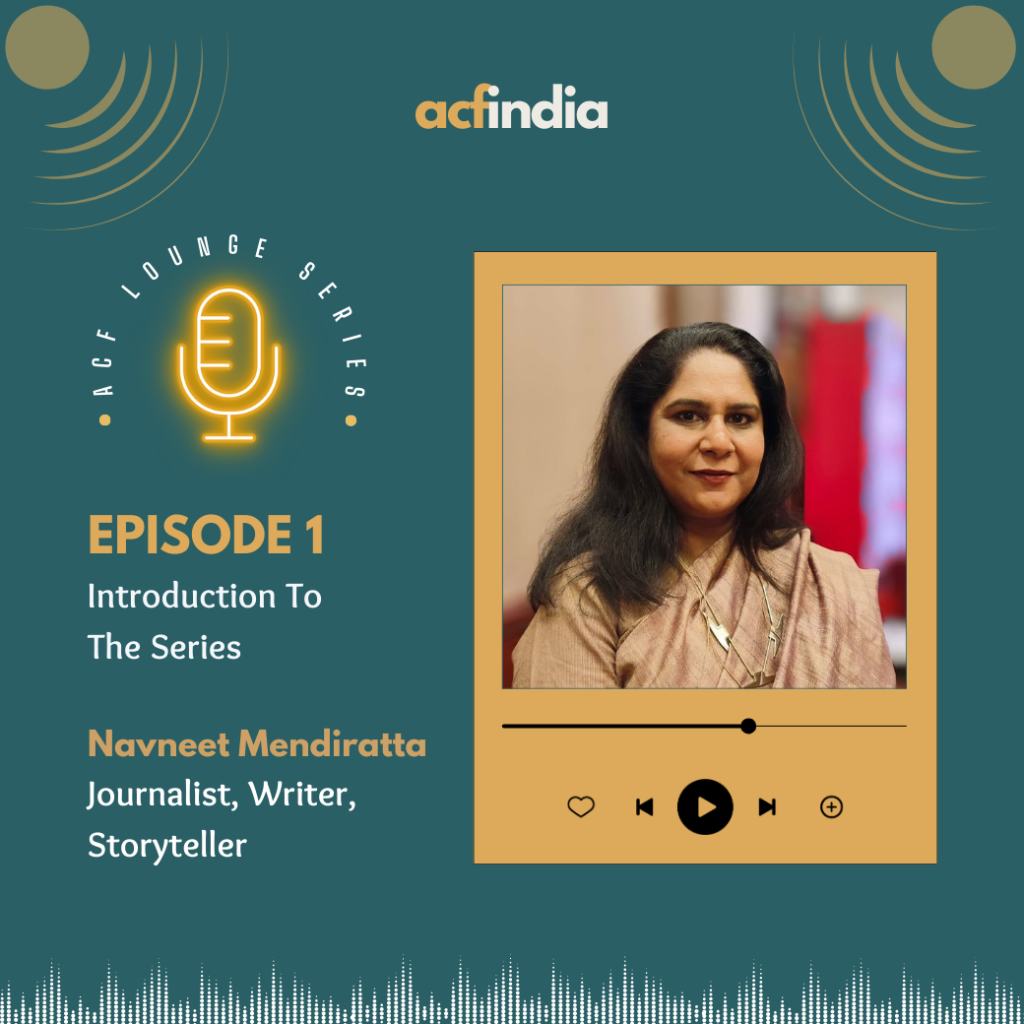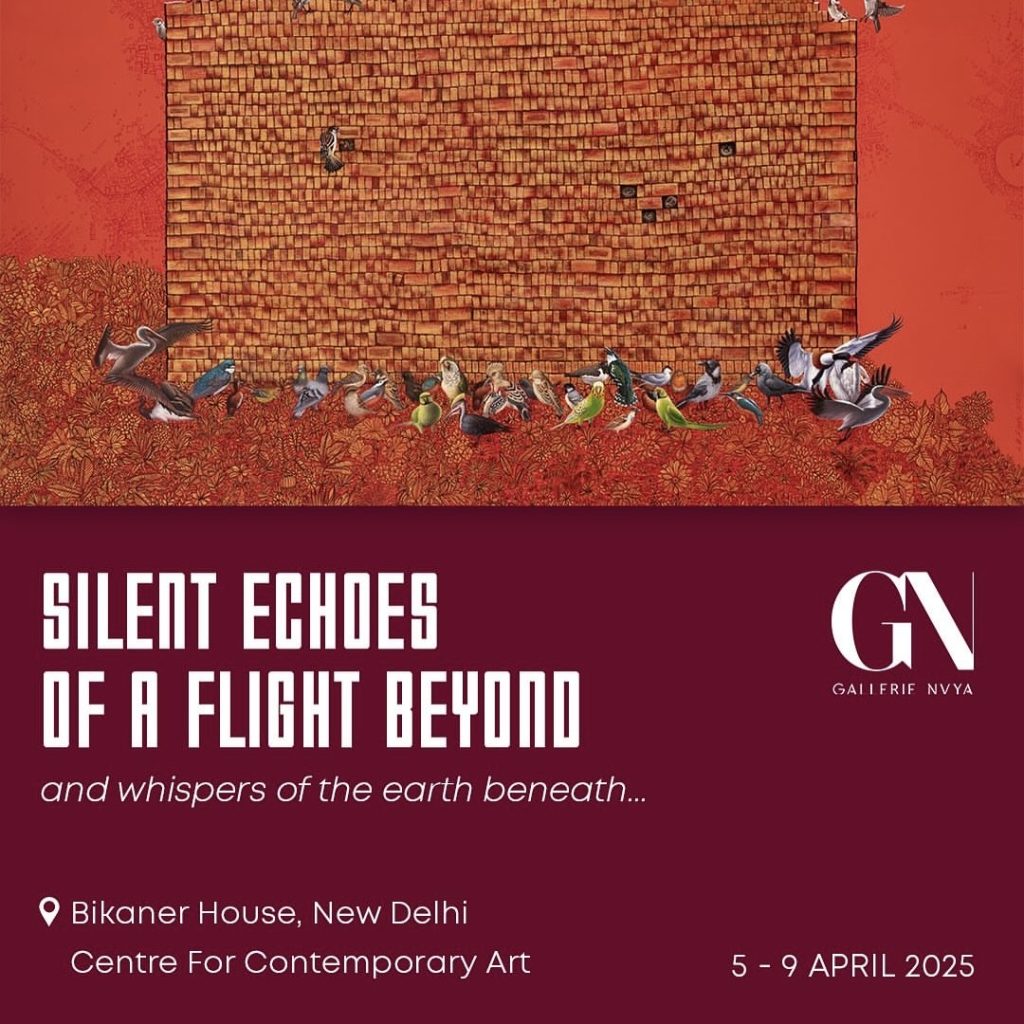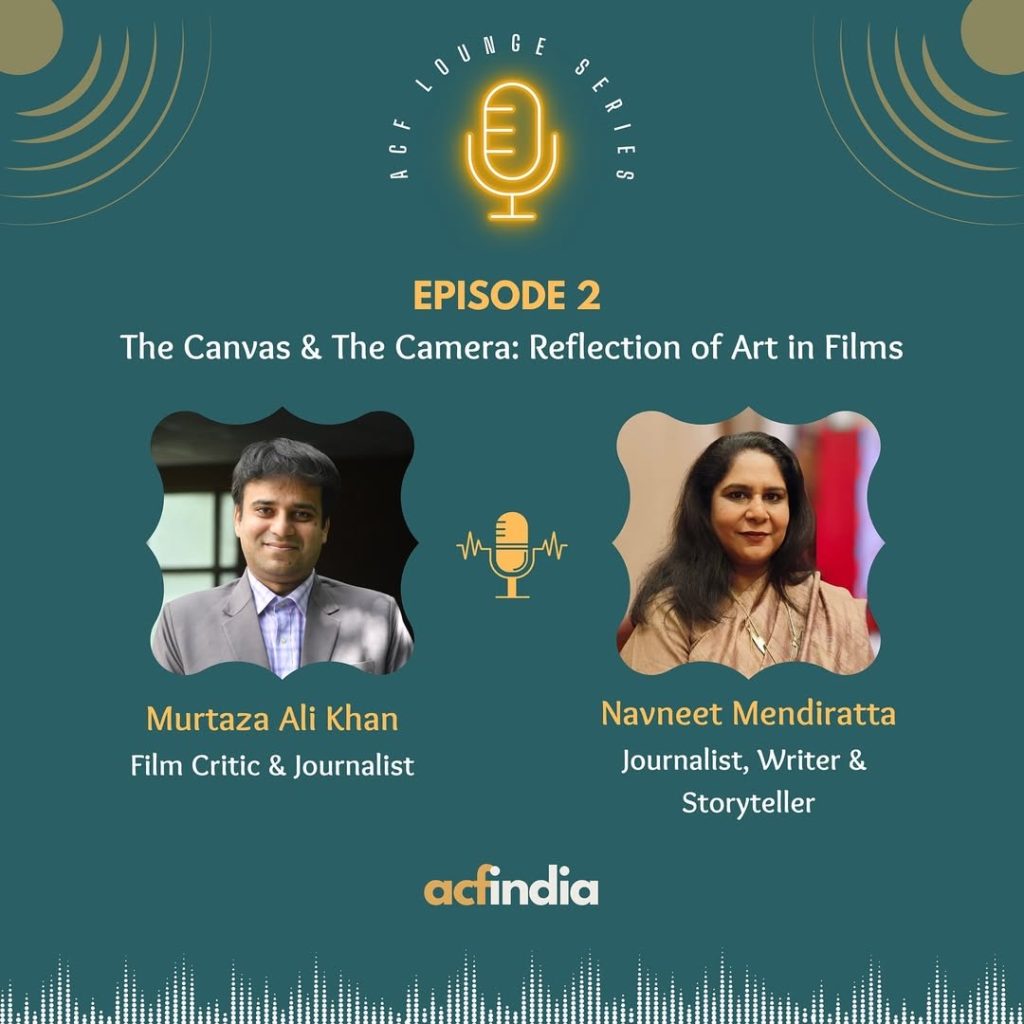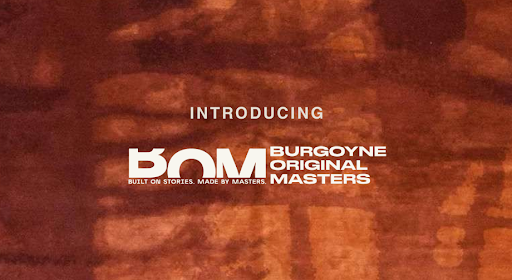By Chahat Sharma
Community museums play a vital role in preserving and presenting the rich tapestry of India’s tribal and regional cultures. They go beyond displaying artefacts — they tell stories of heritage, tradition, and identity rooted deeply in local communities. These spaces give voice to the histories and everyday lives of indigenous people that are often left out of mainstream narratives.
By showcasing traditional crafts, rituals, art forms, and lived practices, these museums help bridge the gap between past and present, rural and urban, local and global. They foster pride among the communities represented and invite others to respect and celebrate this diversity.
Carefully curated for public engagement, these museums are not just places to observe — they are places to begin a journey of learning, appreciation, and connection with India’s many vibrant cultures.
Kutch Museum-Bhuj, Gujarat
Kutch Museum, situated in the vibrant town of Bhuj, stands as a remarkable treasure trove of community identity, tradition, and artistic heritage. Established by Mharao Khengarji III in the year 1877, it is the oldest museum in Gujarat. While its age adds to its prestige, its role in celebrating and preserving the diverse cultural tapestry of the Kutch region is what truly sets it apart.
The Kutch Museum is more than a collection of artefacts. It is a space where the soul of Kutch’s communities gets to express themselves. From the pastoral Rabaris to the nomadic Jats and the vibrant Ahirs, the museum showcases the art, craft, and customs of numerous ethnic groups that call the region home. One of the museum’s most unique contributions lies in its dedication to preserving traditional embroidery and textile arts. The detailed displays of embroidered garments offer a window into the lives of Kutch’s women artisans. Each stitch of the elaborate garments carries a story of caste, region, and identity. The textiles, along with being beautiful, also act as biographies – narrating tales of marriage, migration, and daily life.
The famed Ahir embroidery – known for its mirror work and bright threads, and the Soof and Kharek embroidery styles of the Meghwal and Sodha communities are exquisitely preserved here.
The Museum’s ethnographic section is equally fascinating. Each object here tells a tale of communal life, agricultural rituals, or festive celebrations, making the past feel vividly alive. Tribal artefacts, musical instruments, and everyday items – the museum displays everything from ornately carved doors to community headdresses. The museum also houses Kutchi script inscriptions and a significant collection of coins from the Kshatrapa period. A notable exhibit is the ‘Airavat’ – a carved, wooden, snow-white elephant with seven tusks, created in the 18th century in Mandvi. This unique piece was honoured with a postal stamp by the Indian government in 1978.
More than a passive archive, the museum also actively supports local artisans by collaborating with cultural organizations and participating in heritage fairs, workshops, and festivals. This ensures that traditional knowledge is passed on and evolves within the community.
Image Credit: Kutch Museum
Odisha State Tribal Museum-Bhubaneswar, Odisha
Located in Bhubaneswar, the Odisha State Tribal Museum offers an immersive journey into the lives of Odisha’s 62 tribal communities. Established in 1952, the museum serves as a vibrant centre for cultural preservation and education. The museum has five galleries showcasing 4,000 artefacts, including traditional attire, jewelry, hunting tools, musical instruments, and household items. A unique feature of the museum is the Particularly Vulnerable Tribal Groups Gallery (PVTG). This particular gallery provides 3D representations of the unique lifestyles of Odisha’s 13 PVTGs.
Visitors can explore life-sized replicas of tribal huts from communities such as Santal, Juang, Gadaba, Saora, Kandha, Gond, and Chuktia Bhunjia, all of which were constructed using traditional methods by tribal artisans. In order to enhance the educational experience, the museum also offers a multimedia tour with audio narratives, animated folktales, and videos, available in Hindi, English, and Odia.
The museum houses a fascinating collection of traditional tribal musical instruments like Tumak (a type of drum), Mahuri (a wind instrument), and Changu. These instruments become important as they are not only used in festivals and rituals but are also deeply connected to tribal myths, seasonal cycles, and social functions. Among the collection, the most striking exhibits are Dokra (bell metal) ornaments and figurines crafted by tribal artisans belonging to the Gond and Bathudi tribes, made using the lost-wax casting technique. These ornaments combine artistic beauty with cultural symbolism.
Beyond exhibitions, the museum actively engages in cultural preservation through workshops, seminars, and annual festivals such as Adivasi Mela, National Tribal Dance Festival, and National Tribal Crafts Mela – all of which provide a platform for tribal communities to showcase and celebrate their traditions.
Image Credits: Bhubaneswar Tourism
Living and Learning Design Centre (LLDC) – Ajrakhpur, Gujarat
Nestled in the artisan village of Ajrakhpur in Bhuj, the museum stands as a dynamic institution that is dedicated to preserving and promoting the rich craft traditions of Kutch. Serving the dual role of being a museum and a hub for cultural education and artistic empowerment. The Living and Learning Design Centre (LLDC) takes forward the legacy of Chanda Shroff, when she first thought of empowering the local women through their embroidery skills during a drought relief effort.
The museum has an embroidery gallery that features 42 styles of traditional embroidery from communities like the Rabari, Ahir, and Maghwal. Every day artefacts, textiles, and tools that reflect the cultural life of Kutch are displayed in the Craft and Textile Gallery. Large embroidered panels hang in the Design Centre on Wheels Collection.
Image Credits: Gujarat Tourism
Indira Gandhi Rashtriya Manav Sangrahalaya- Bhopal, Madhya Pradesh
The Indira Gandhi Rastriya Manav Sangrahalaya (IGRMS) is dedicated to showcasing the rich cultural tapestry of India’s tribal communities. This museum has a curated collection of artefacts, including traditional attire, tools, musical instruments, and ritual objects- all of which reflect on the daily lives and spiritual practices of indigenous populations across the country.
Displayed hanging from the tree are Bhil ceremonial bangles, made of brass, and engraved with symbols of farming life. Terracotta ancestral lamps invoke the ancestral spirits and represent the spiritual journey after death. Kumhei Shaktak Phuron is a striking tower made of 57 earthen pots by Manipuri women potters. Each pot is supposed to mark a life stage, representing the journey from birth to death. Have a glimpse into the mythological world of various indigenous people through wooden ritual masks. Used in tribal dance-drama performances, these hand-carved masks depict deities, spirits, and animals.
Image Credits: Outlook Traveller
Keeladi Heritage Museum
Inaugurated on 5th March 2023, the museum showcases artefacts unearthed from the Keeladi excavation site. Located in the Sivaganga district near Madurai, the museum sheds light on the Sangam-era settlements that thrived along the Vaigai River. For the people of Tamil Nadu, Keeladi is more than just an archaeological site- it is a symbol of pride in Tamil heritage.
The museum houses 14,5000 artefacts that reflect the advanced craftsmanship of the ancient inhabitants. The architecture of the museum is inspired by traditional Chettinad style. The museum reinforces the idea that an urbanised, literate, and culturally advanced Tamil civilization flourished in the region 2,000 years ago, completely independent of the northern narratives. Keeladi empowers the community with a sense of ownership over their ancient identity.
Image Credits: The Hindu
If you are looking to explore India beyond the usual landmarks, these community museums offer a meaningful way to connect with the country’s diverse cultural landscape. They provide insight into the lives, traditions, and creativity of communities that have shaped India’s heritage for centuries.
Whether you’re a student, researcher, traveller, or simply curious, visiting these museums is a thoughtful way to learn, reflect, and appreciate the richness of traditions that continue to thrive. Each visit is a step toward understanding the many stories that make up the larger story of India.












